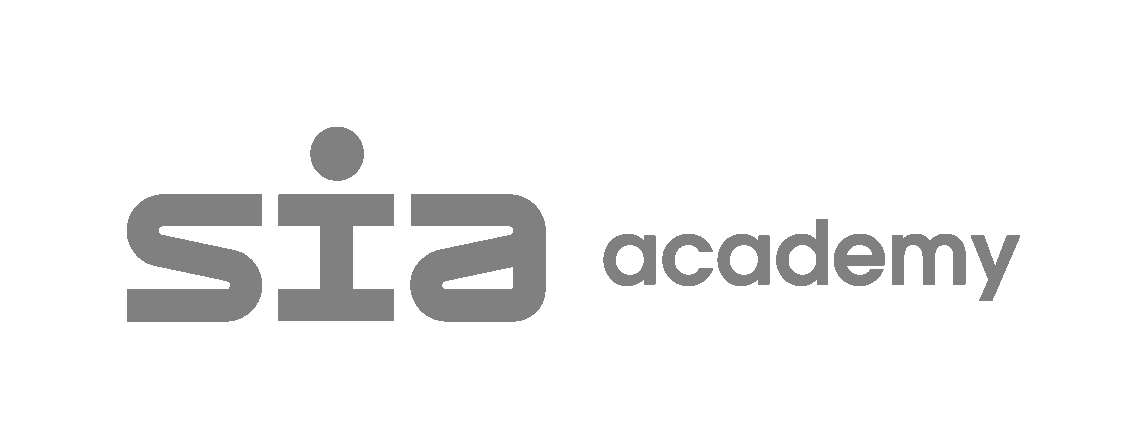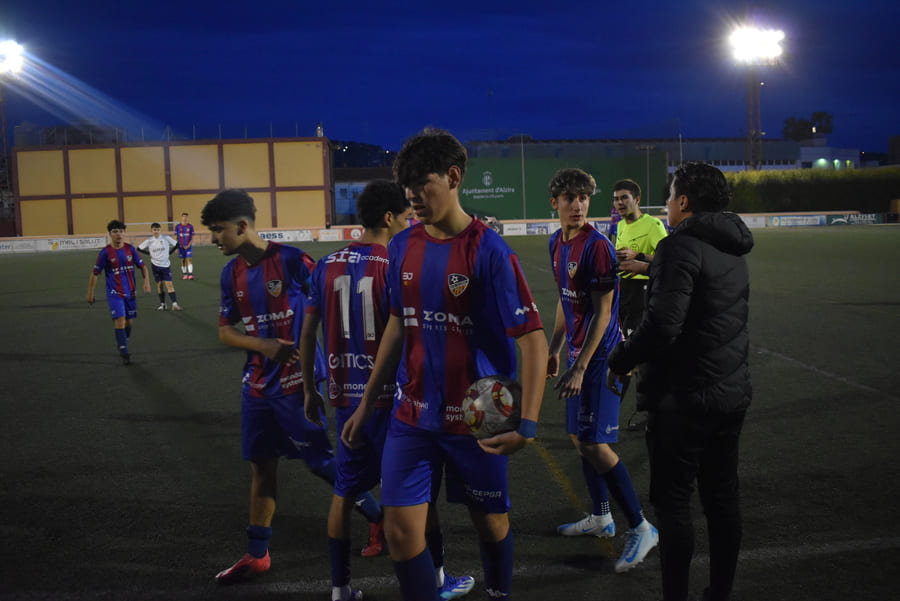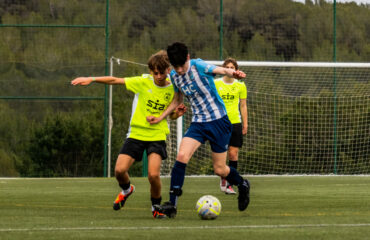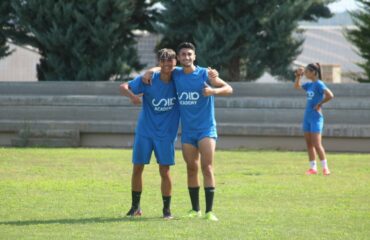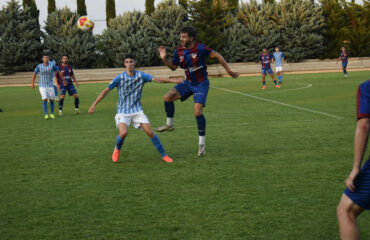In the world of football, internal competitiveness is both inevitable and necessary. When several players compete for the same position, the level of demand rises, and dynamics are generated that can be either positive or negative depending on how they are managed. A team with well-managed competitiveness becomes a solid, motivated group in constant growth.
At high-performance academies such as SIA Academy, this aspect is addressed in an integrated way, understanding that competitiveness should not be an obstacle but rather a tool for individual and collective improvement.
Table of contents
Competitiveness as a driver of improvement
In football, no player has a guaranteed spot. This pushes footballers to give their best in every training session, to fight in matches, and to avoid complacency. When channeled properly, internal competitiveness becomes the engine that raises the overall performance of the team.
At SIA Academy, players are encouraged to see their teammates not only as rivals for a place in the starting eleven but also as motivation to grow. Competing with a direct teammate means training with more intensity, learning from them, and developing new skills to stand out.
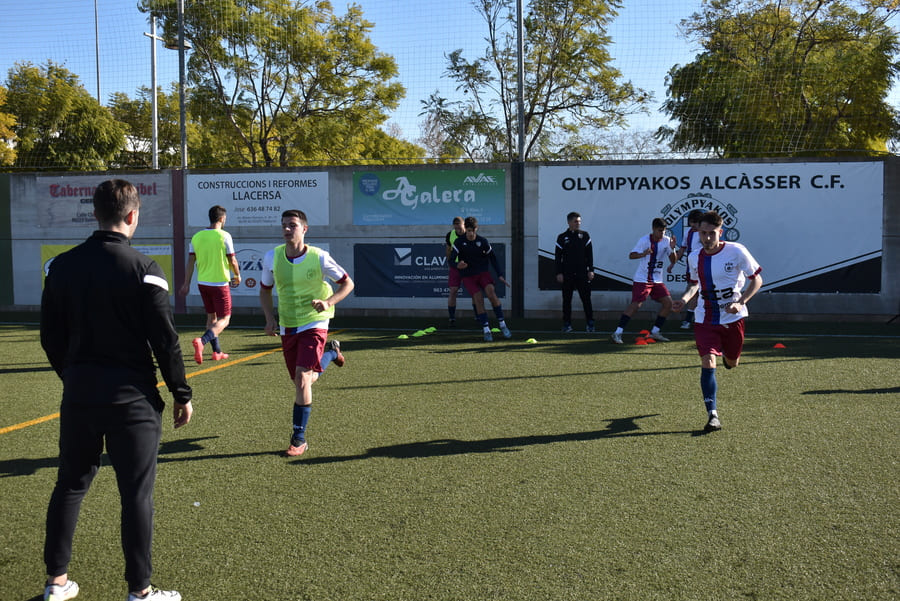
Preventing rivalry from becoming conflict
Not all internal competitiveness is positive. If not well managed, it can turn into personal rivalries that affect the team’s atmosphere. The challenge is to find the balance between competing and collaborating.
At SIA Academy, much work is done on emotional education and group cohesion. Coaches remind players that the goal is not to surpass a teammate but to raise the collective level so that everyone benefits. In this way, competition is seen as a stimulus for improvement rather than as a threat.
Routines to channel competitiveness
The secret to making competitiveness a positive stimulus lies in how training sessions are designed. At high-performance academies, routines are applied that promote demand but within a healthy environment. Some of them are:
- Exercises with small goals: force players to be more precise and improve this aspect of the game.
- Small-sided games with specific rules: encourage creativity and quick thinking under pressure.
- Technical challenge competitions: circuits of control, passing, or finishing that reward efficiency.
- Cooperation-based group dynamics: where collective performance is more important than individual.
These routines help players measure themselves against each other constantly, but without losing the feeling of belonging to the same team.
The coach’s role in managing competitiveness
The coach’s role is fundamental in this process. At SIA Academy, coaches act as guides and mediators, ensuring that competitiveness never breaks the group’s cohesion.
The coach sets clear objectives, defines the roles of each player, and reminds them that a spot in the starting eleven is earned through constant effort. This creates an environment where everyone knows that fairness and meritocracy are the main criteria.
Benefits of well-managed competitiveness
When competitiveness is handled properly, the benefits for both the player and the team are numerous:
- Improvement of individual level: each footballer trains and plays at maximum effort to stand out.
- Greater intensity in training sessions: the group gets used to working in demanding environments.
- Strengthening of resilience: players learn to overcome moments of frustration.
- Better collective performance: as everyone raises their level, the team becomes more competitive in matches.
- Development of a professional mindset: footballers learn to live with pressure, something essential in elite football.
A team that transforms internal competitiveness into daily motivation ensures that every player feels part of a common project.
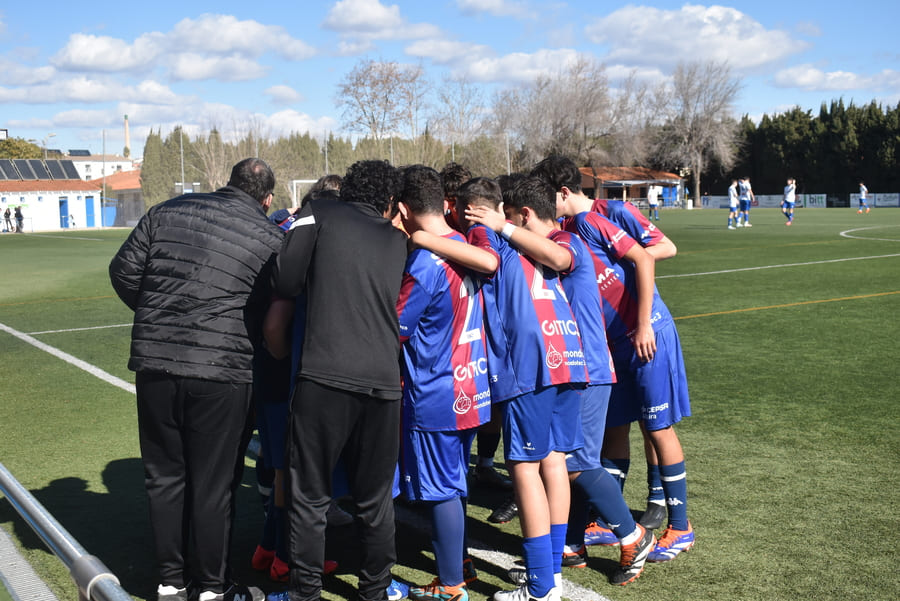
The philosophy of SIA Academy
At SIA Academy, competitiveness is not seen as an individualistic fight but as an opportunity to enhance excellence. The goal is for players to learn to live with demand without losing cohesion as a group.
Training sessions combine individual challenges and collective dynamics so that players understand that their personal growth contributes to the success of the team. Competing with a teammate does not mean confronting them but learning together to raise the overall level.
Internal competitiveness is a double-edged sword: it can motivate the player to grow or it can break the balance of the group. The secret lies in managing it with intelligence, discipline, and a collective focus.
At academies like SIA Academy, this aspect becomes a pillar of the footballer’s integral development. Thanks to methodologies that balance demand and cooperation, players learn to compete without losing respect, to give their best, and to understand that true victory is achieved when the whole team progresses.
Managing internal competitiveness does not mean eliminating it but turning it into a powerful tool for constant improvement. In this way, footballers prepare not only to earn a place in the starting eleven but also to successfully face the challenges of professional football.

